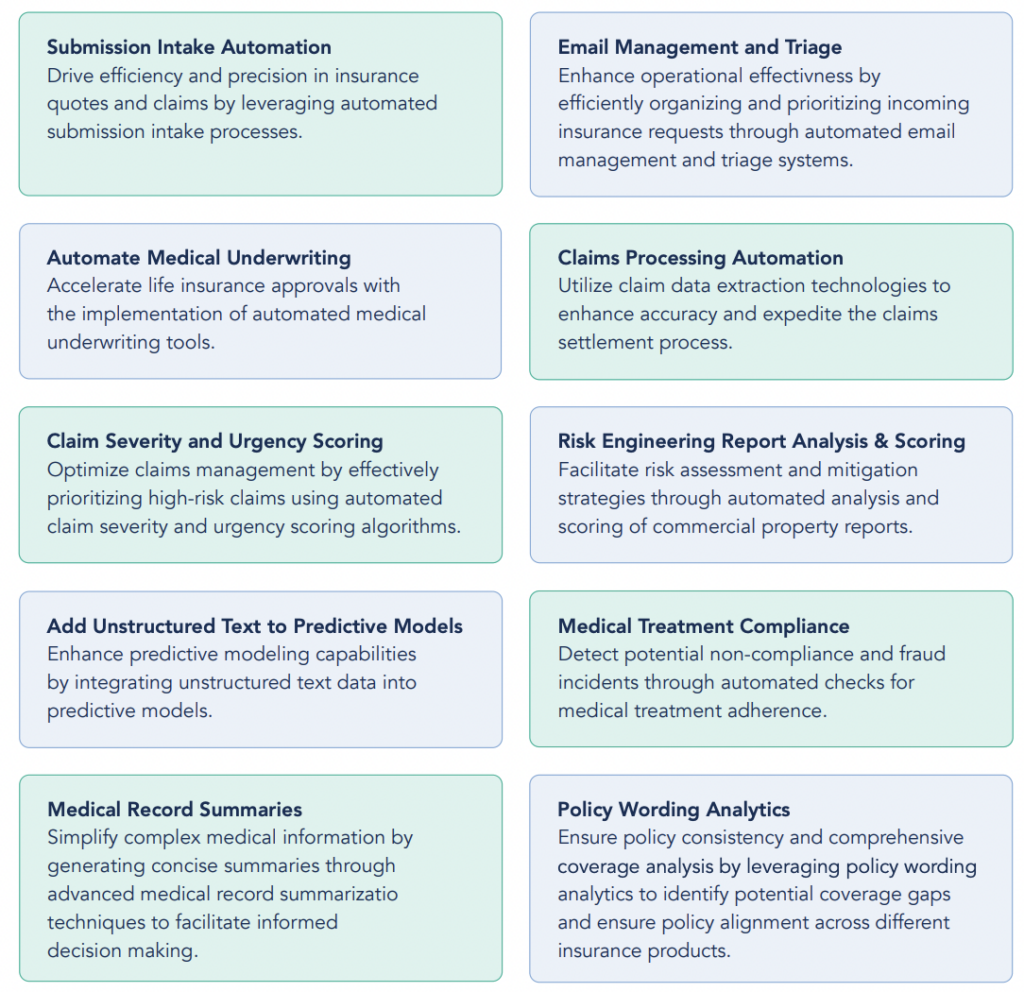DeepSeek's AI launch highlights re/insurers' need for transparent innovation
The latest insights from Reinsurance Group of America (RGA) highlighted how DeepSeek’s open architecture could reshape AI adoption in insurance and risk management. DeepSeek, a Chinese artificial intelligence company, introduced its multimodal large language models, DeepSeek-R1 and DeepSeek-R1-Zero, on Jan. 20, positioning itself as a competitor to OpenAI’s o1 model.
DeepSeek’s latest models follow the December release of DeepSeek V3, a language model comparable to OpenAI’s GPT-4. The R1 model, in contrast, focuses on reasoning, aligning with OpenAI’s o1. China has been increasing its presence in AI research, with models such as Alibaba’s Qwen series contributing to advancements in the sector.

RGA said that intense domestic competition has fueled a price war, reducing the costs associated with hosting large language models and accelerating technological development in China. China’s rapid AI progress has been influenced by restrictions on Western AI models and US export controls, which have led to a focus on developing proprietary models and finding innovative solutions to access high-performance computing resources.
Open-Source AI Models vs. Closed Models in Insurance
Meta’s chief AI scientist, Yann LeCun, emphasized that open-source AI models are surpassing closed ones, highlighting the importance of transparency, interpretability, and cost-efficiency in AI adoption. Closed models, such as OpenAI’s GPT, Google’s Gemini, Anthropic’s Claude, and AWS’s Titan, pose limitations in terms of data access and customization for insurers.
On the other hand, open-source models like Meta’s Llama, Mistral, and DeepSeek’s offerings provide greater transparency and flexibility for insurers to deploy and customize models within their own infrastructure. This shift toward open ecosystems in AI innovation is expected to improve compliance with regulatory frameworks governing data privacy and risk assessment in the insurance industry.
Opportunities for Life Insurers in AI Adoption
Life insurers are particularly interested in extracting insights from unstructured medical data for underwriting purposes. While general-purpose large language models can assist in processing medical information, fine-tuning models specific to insurance needs within secure environments may offer a more cost-effective and regulatory-compliant solution.

DeepSeek’s ability to train V3 using fewer computational resources indicates a potential decrease in training costs, making AI adoption more accessible for insurers. The emergence of open-source AI presents opportunities for life insurers to reduce costs, improve accuracy, and maintain control over sensitive data, thus enhancing operational efficiency and ensuring compliance with data privacy regulations.
Future of AI Adoption in Insurance
As AI adoption in insurance continues to grow, leveraging open-source models can empower companies to optimize underwriting processes, manage risk more effectively, and drive business growth in a competitive market. Insurers prepared to integrate open AI solutions will be well-positioned to capitalize on the benefits of transparent and customizable AI innovation.




















